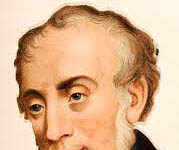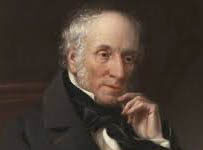Elizabethan England-An Overview
Elizabethan England-An Overview
Introduction
Elizabethan England refers to the historical period during the reign of Queen Elizabeth I, spanning from 1558 to 1603. This era is renowned for its cultural, political, and economic developments, marking a significant chapter in English history.
Political Landscape
Queen Elizabeth I
Queen Elizabeth I, the daughter of Henry VIII and Anne Boleyn, ascended to the throne in 1558. Her reign is often considered a “Golden Age” due to the stability and prosperity it brought to England. Elizabeth’s political acumen and charisma played a crucial role in unifying the nation.
Political Challenges
Despite the external threat posed by the Spanish Armada in 1588, Elizabethan England faced internal challenges. Religious tensions, primarily between Catholics and Protestants, persisted, leading to sporadic conflicts.
Society and Culture
The Elizabethan Court
The court of Elizabeth I was a hub of cultural activity. Poets, playwrights, and musicians found patronage, contributing to the flourishing of the arts. William Shakespeare, Christopher Marlowe, and Ben Jonson were among the prominent figures of Elizabethan literature.
Clothing and Fashion
The Elizabethan era witnessed distinctive fashion trends. Both men and women adorned themselves with elaborate clothing, ruffs, and intricate accessories, reflecting social status.
Sports and Leisure
Sports played a significant role in Elizabethan leisure. Popular activities included hunting, archery, and various forms of ball games. The era also saw the emergence of theaters, providing entertainment for the masses.
Economy and Trade
Exploration and Trade Routes
The Elizabethan era marked a period of exploration and trade expansion. Explorers like Sir Walter Raleigh and Sir Francis Drake explored new territories and established trade routes, contributing to England’s economic growth.
Agriculture and Industry
Agriculture remained a vital aspect of the economy. The enclosure movement, where common lands were privatized, led to increased agricultural productivity. The era also witnessed the growth of industries like textiles and mining.
Religious Landscape
Religious Tensions
Religious conflicts between Catholics and Protestants persisted during Elizabethan England. The Queen adopted a moderate religious policy, attempting to find a middle ground to maintain stability.
Elizabethan Religious Settlement
The Elizabethan Religious Settlement in 1559 aimed to establish a compromise between Catholic and Protestant practices. The Act of Uniformity and the Thirty-Nine Articles solidified the Church of England’s position as a blend of Catholic ritual and Protestant doctrine.
Conclusion
In conclusion, Elizabethan England was a remarkable period marked by political stability, cultural flourishing, and economic growth. The era’s influence is still felt today, especially through the enduring works of literature and the legacy of Queen Elizabeth I. 0 0 0.
Elizabethan England-An Overview
N.B. The article ‘Elizabethan England-An Overview’ originally belongs to the book entitled ‘Essays on Shakespeare and His Time‘ by Menonim Menonimus.
You May Like:
- Reviews on Shakespeare’s Works
- Shakespeare’s Sister-An Analytical Study
- The Globe Theatre
Additional Searches:











